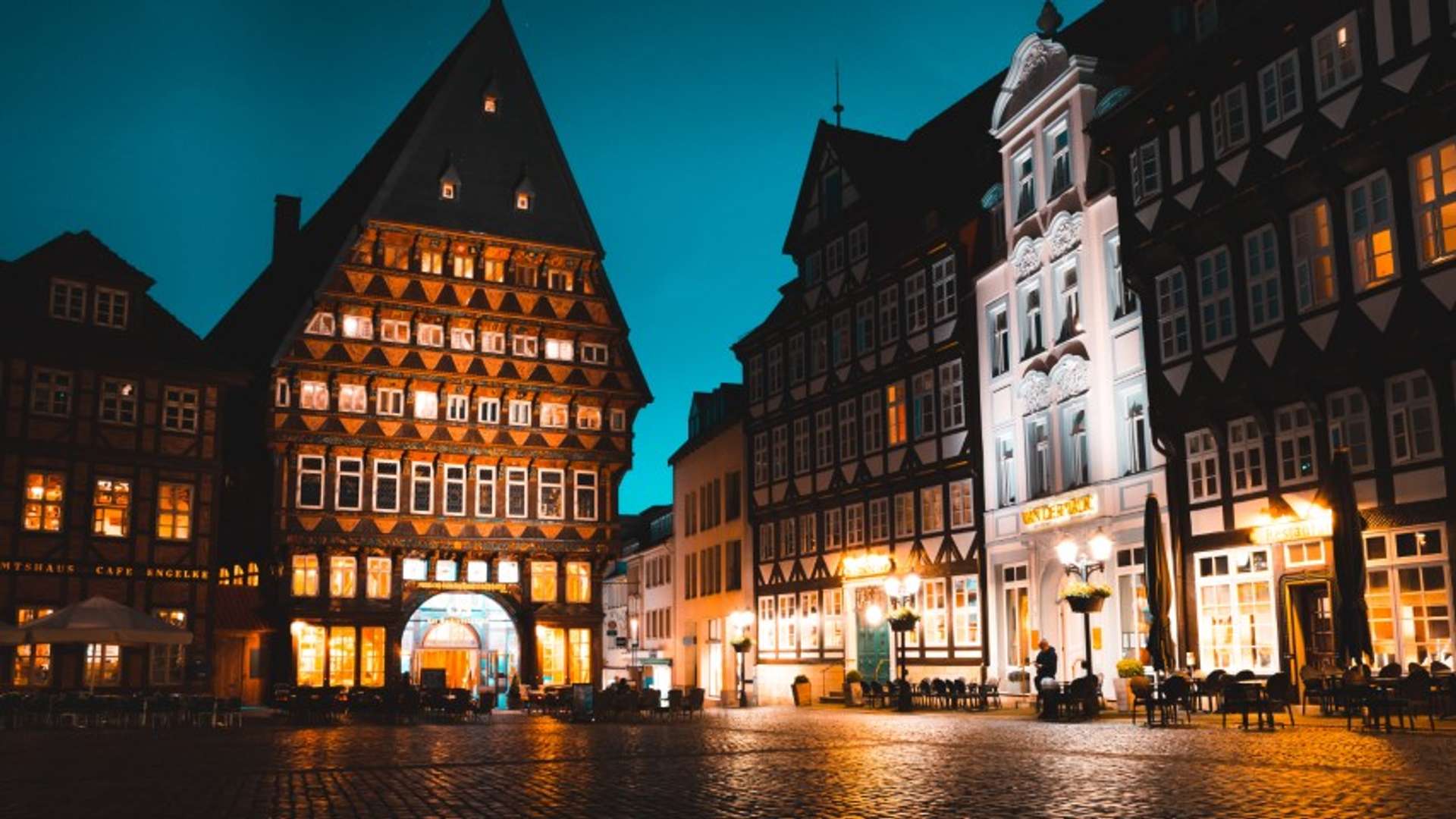
Chateau Marylebone is a rustic Chateau in the hills of Doheney, near Avignon in the southern France. The Chateau is surrounded by a park with ponds and fountains.
The Chateau was built between 1695 and 1700 as a hunting lodge for Jacques-Armand de Coligny, marquis de Villars (1653–1730) and his wife Louise de Marillac (1660–1733). The building was designed by the architect Pierre Malingre (1664–1735). The Marquis de Villars was at that time governor of the Dauphiné province and captain of the Royal Guards of Louis XIV.
After donations from its owners, Marylebone passed to John Aubrey, an English antiquary who wrote "Brief Lives" for his friends. Aubrey named it "Mary Le Bone". He made various improvements to the Chateau including the construction of a chapel which still stands today.
Marylebone passed soon after to Marie Madeleine d’Hautefort, Viscomtess d’Auvergne, who left it to her nephew Louis-Henri-Maximilien Comte de Beauvilliers. Beauvilliers had been appointed Ambassador to Great Britain in 1751. He was also known for his work on Frederick II of Prussia's war propaganda in which he supported British policy during the Seven Years' War. In 1773 he sold Marylebone to Henry Fox, 1st Baron Holland (1705–74), then British ambassador at St Petersburg, who entertained there many notable guests including Tsarina Elizabeth I of Russia in 1773. After Holland's death Marylebone passed to his son Charles James Fox (1749–1806), statesman and political leader known as "the English Cicero". It was during this period that Horace Walpole wrote his famous novel "The Castle of Otranto" based on Marylebone's interior decoration. Charles James Fox sold it in 1793 to Thomas Pitt who lived there before returning it to Lady Holland after he wounded her son at a duel. She then sold it again in 1810 after Fox's death to Sir John Malcolm (1769–1833) Military engineer and diplomatist whose father had retired there after returning from India where he had served as governor of Bombay between 1781 and 1784. Malcolm used it as a country retreat for his family until 1820 when he sold it again after returning from St Petersburg where he had served as ambassador until 1811 under Tsar Lady Holland's son Lord Holland (Charles James Fox's grandson) after whom today's Holland House is named). His daughter Anne Isabella Malcolm (1803-1844) died at Marylebone at age 41 without having married or having children which caused its sale by her brother Lord Abercorn Malcolm who died there in 1844 aged 52 soon after its purchase by William Craven Earl Craven (1800–1870).
Craven lived there mostly with his wife Louise Elisabeth de Meheux d'Albert de Luynes whom he married 3 years earlier but still paid visits each year with their children from their respective spouses:
Published